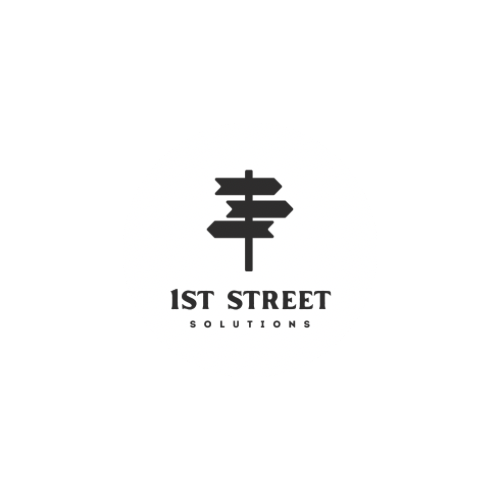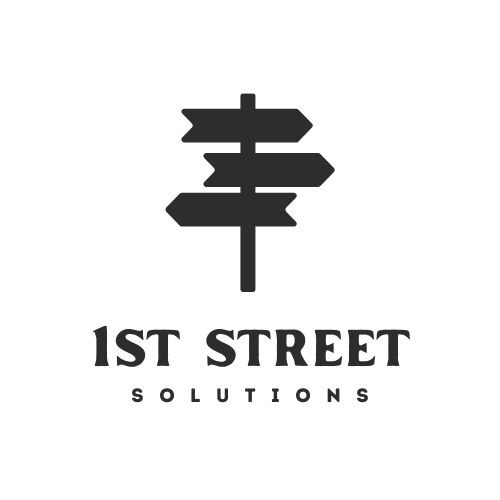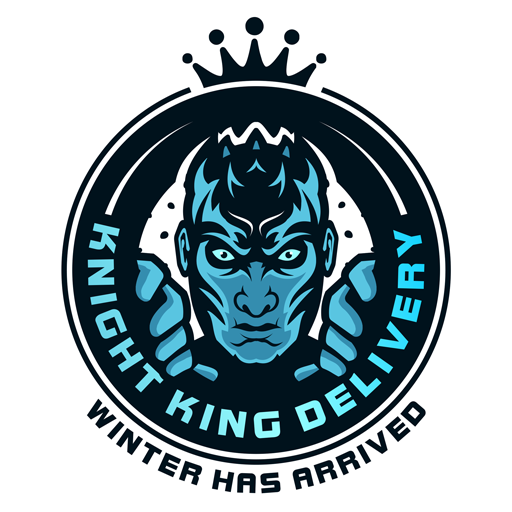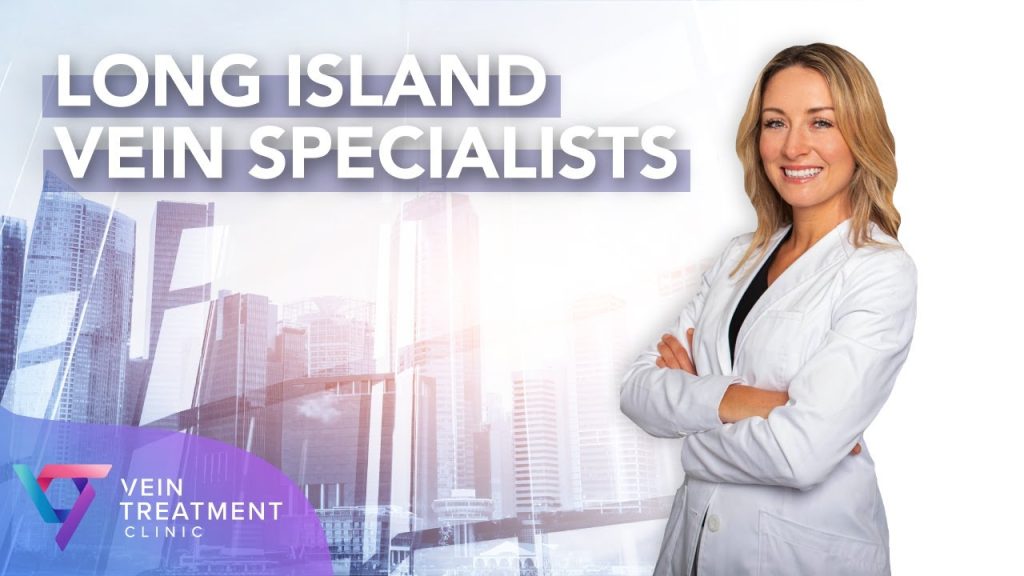If you’re dealing with bulging, twisted veins on your legs or persistent leg discomfort, you’re not alone. Millions suffer from varicose veins, and the question on everyone’s mind is: What is the latest treatment for varicose veins? Today, modern medicine offers less invasive and more effective solutions compared to traditional vein stripping surgery. The two standout innovations in this field are laser therapy (endovenous laser ablation) and glue therapy (VenaSeal closure system).
Both treatments are performed by vein treatment doctors and are gaining popularity for their quick recovery times and high success rates. But is one better than the other? Are these techniques becoming the new standard in varicose vein care?
Let’s explore how these advanced methods work, who they are best suited for, and why more people are turning to these innovative options.
How Does Laser Therapy Work for Varicose Veins?
Laser therapy, also known as endovenous laser ablation (EVLA), is a minimally invasive procedure that uses heat energy to seal off problematic veins. A thin fiber is inserted into the affected vein using ultrasound guidance. Once in place, the laser delivers controlled heat to the vein walls, causing them to collapse and eventually be absorbed by the body.
EVLA is a favored option among vein treatment doctors because of its precision, effectiveness, and minimal downtime. Patients typically experience only mild discomfort, and the procedure is completed in less than an hour in a clinical setting—no hospital stay required.
Post-procedure, patients are usually advised to wear compression stockings and engage in light walking. Most return to their daily activities within 24–48 hours.
What Is Glue Therapy and How Does It Compare?
Glue therapy, formally known as the VenaSeal closure system, is another exciting innovation in varicose vein treatment. Instead of using heat, this method relies on a medical adhesive (cyanoacrylate glue) to close the affected vein. A catheter delivers the adhesive directly into the vein, sealing it shut.
This technique offers several benefits over laser therapy. First, no tumescent anesthesia is needed, which means fewer needle sticks and less discomfort. Second, patients generally do not require compression stockings after the procedure, making it an excellent option for those with mobility issues or who cannot tolerate tight garments.
Glue therapy is becoming increasingly popular for its simplicity and effectiveness. In many cases, it’s ideal for people with busy lifestyles who want a quick and effective solution without a complicated recovery process.
Which Method Do Vein Treatment Doctors Recommend?
Choosing between laser and glue therapy depends on individual factors such as vein size, location, patient preference, and overall health. Vein treatment doctors are trained to assess these elements and determine the most suitable option.
Laser therapy is often preferred for larger veins due to its thermal effect, which provides a robust closure. Meanwhile, glue therapy is ideal for smaller veins and patients seeking a pain-free experience with minimal post-care.
Both methods boast a success rate of over 90% and are recognized by top vein specialists around the world. However, laser therapy has been in use longer and has more long-term data available, while glue therapy is the newer of the two and is gaining traction as studies continue to show its effectiveness.
Are These Treatments Covered by Insurance?
One of the common concerns among patients is whether modern treatments are covered by health insurance. The good news is that most insurance providers do cover laser therapy if the varicose veins are causing significant symptoms like pain, swelling, or skin ulcers. Documentation and a physical exam by a certified vein specialist are usually required.
Glue therapy, being a newer treatment, may not be as widely covered yet. However, this is changing as more insurance companies recognize its clinical benefits and cost-effectiveness. Always consult with your vein clinic and insurance provider to determine eligibility and out-of-pocket costs.
What Are the Benefits of Choosing Minimally Invasive Treatments?
Patients are increasingly opting for minimally invasive vein procedures like laser and glue therapy due to their numerous benefits:
- Minimal downtime: Return to normal activities in just a day or two.
- No scarring: Tiny incisions mean no visible scars.
- High success rate: Both methods boast long-term effectiveness.
- Less pain: No general anesthesia, fewer injections, and less discomfort.
- Quick results: Many patients notice improvement in leg appearance and pain within weeks.
With these benefits, it’s clear why the latest treatments for varicose veins are becoming more popular than traditional surgery.
Why Should You Visit a Vein Treatment Doctor?
Many people ignore varicose veins until they become painful or lead to complications like blood clots or skin ulcers. Consulting with qualified vein treatment doctors ensures a timely diagnosis and a customized treatment plan.
These specialists use advanced diagnostic tools like duplex ultrasound to map out vein problems and recommend the most effective treatment. Their expertise ensures better outcomes, fewer complications, and faster recovery.
Moreover, vein clinics today offer a comfortable, spa-like environment and outpatient services, which means you won’t need a hospital stay or extensive downtime.
Are There Risks or Side Effects?
Both laser and glue therapies are generally safe, but like any medical procedure, they carry minor risks:
- Laser therapy: Possible bruising, skin discoloration, or temporary nerve irritation.
- Glue therapy: Rare allergic reactions, mild inflammation, or phlebitis (vein inflammation).
These risks are minimal and often manageable. A thorough consultation with your vein doctor will include a review of your medical history to minimize any potential complications.
Is This the Future of Varicose Vein Treatment?
Without a doubt, the shift toward laser and glue therapy represents the future of varicose vein care. With their proven effectiveness, minimal invasiveness, and quick recovery time, these techniques are quickly becoming the gold standard in vein treatment.
If you’ve been asking, What is the latest treatment for varicose veins?, now you have your answer. Both laser and glue therapies are reshaping the way doctors and patients approach vein health.
Final Thoughts: What Should You Do Next?
If you’re experiencing symptoms like aching, swelling, or visible veins, it’s time to take action. Contact vein treatment doctors near you for an evaluation. Whether you’re a candidate for laser therapy or glue therapy, these cutting-edge treatments can significantly improve your leg health, comfort, and confidence.
Don’t wait until your condition worsens. With today’s technology, there’s no reason to live with the discomfort and appearance of varicose veins. Modern medicine has made it easier than ever to get relief—with little pain, little downtime, and great results.



